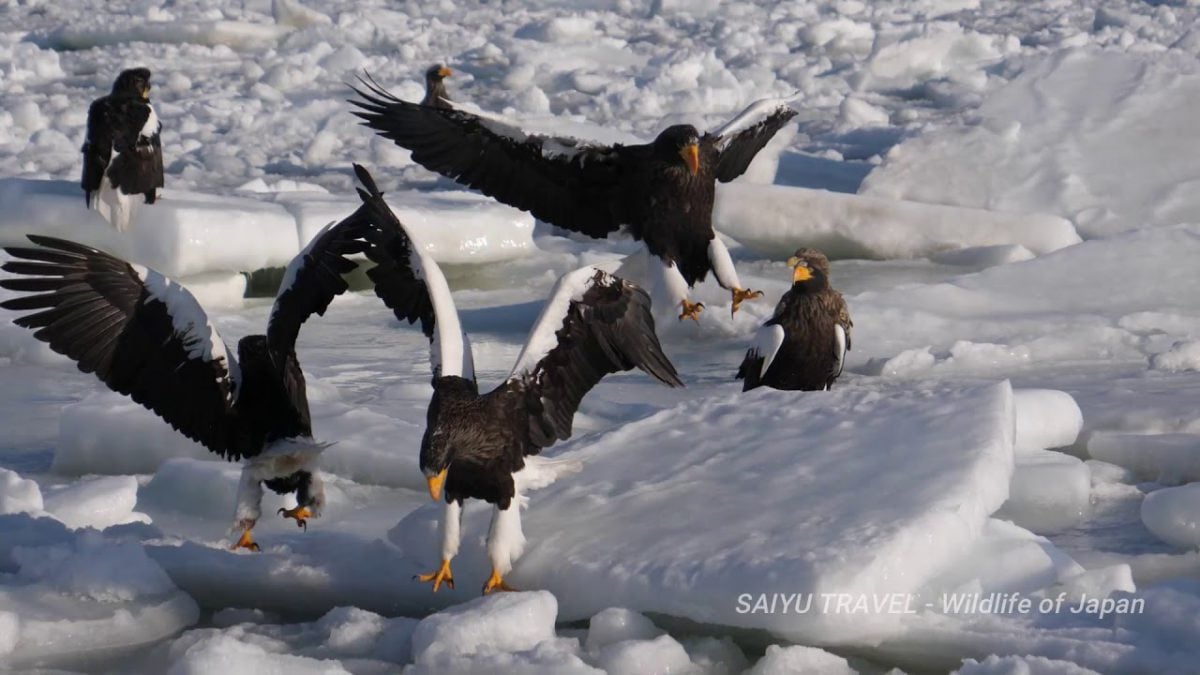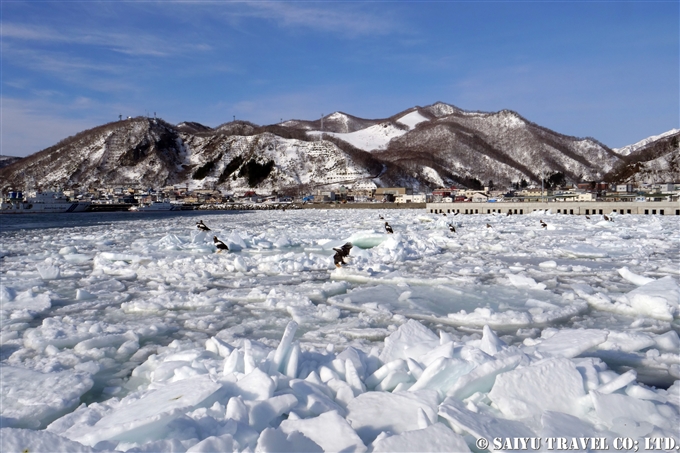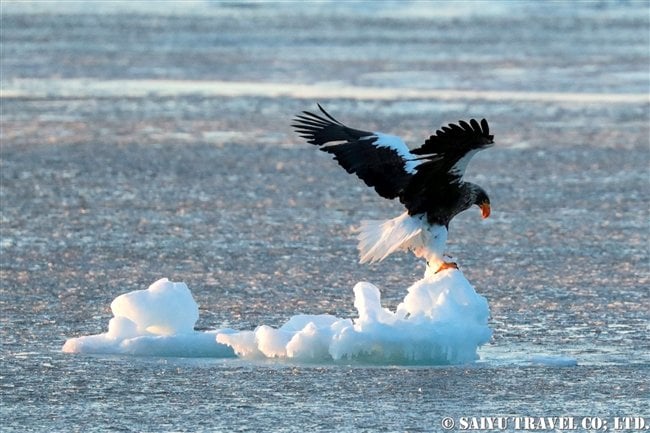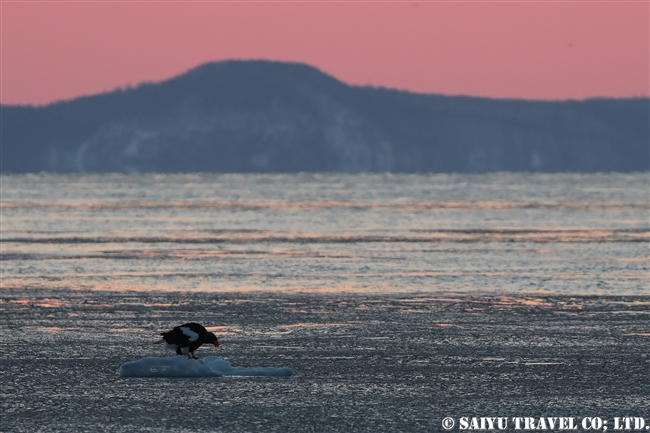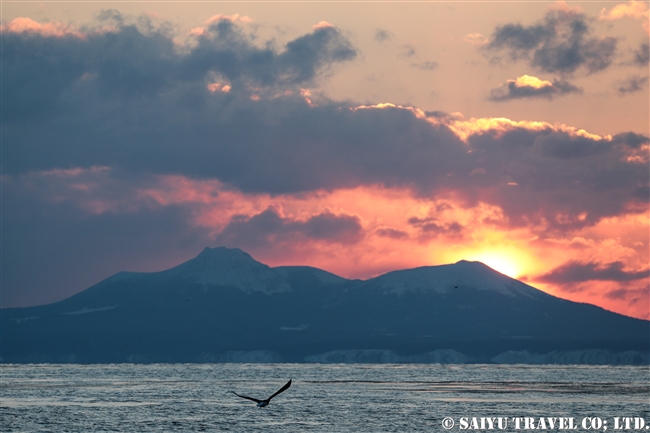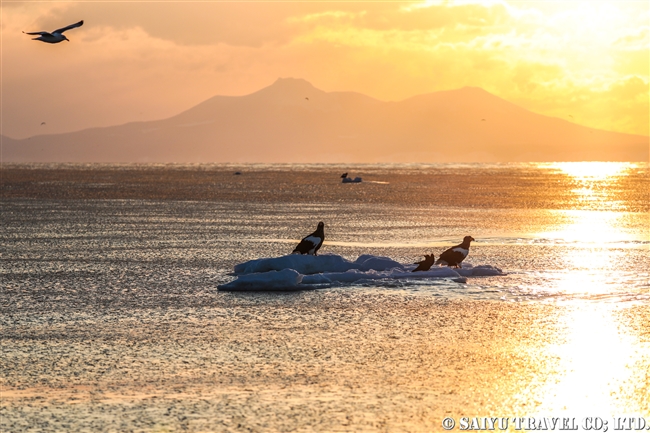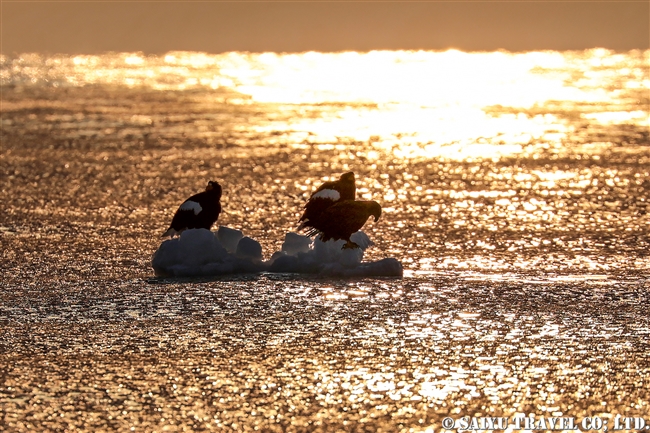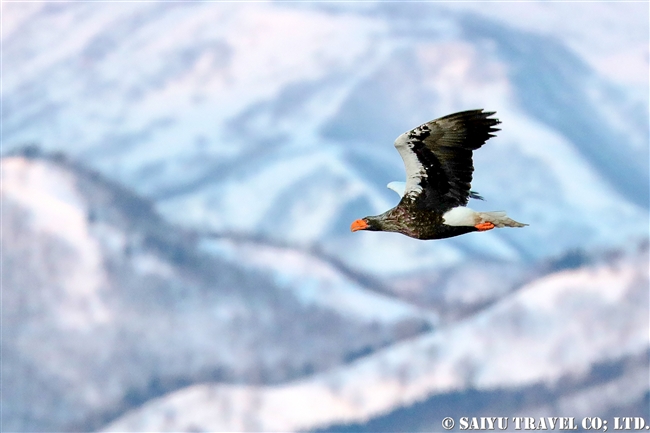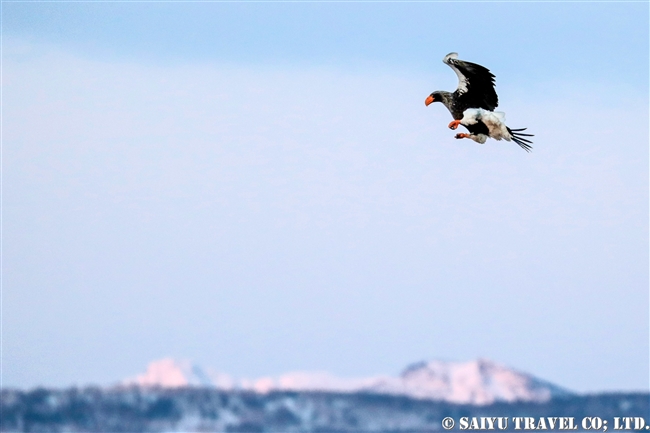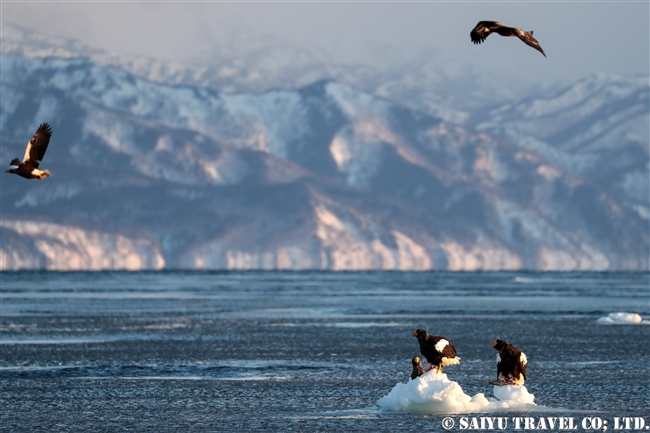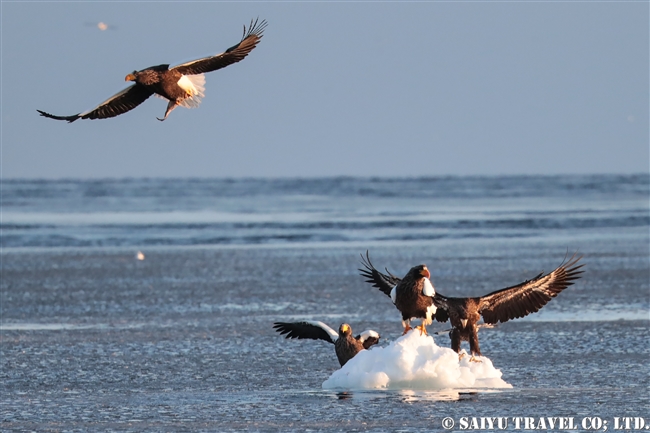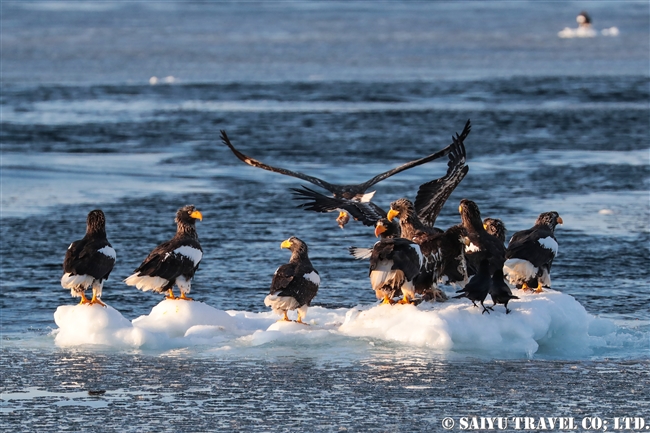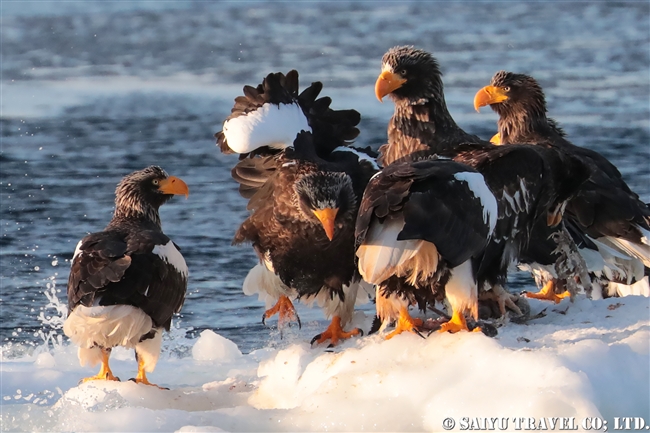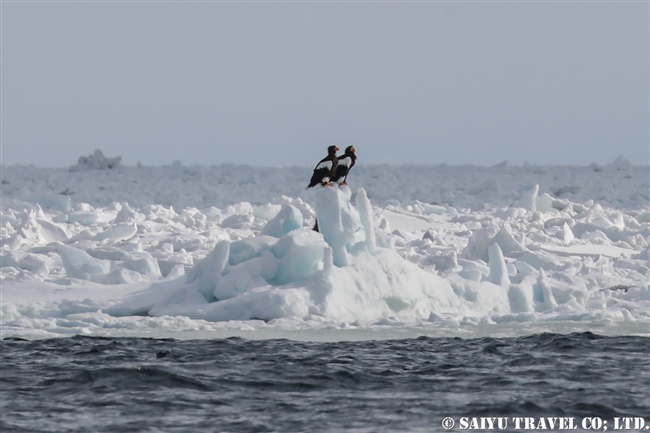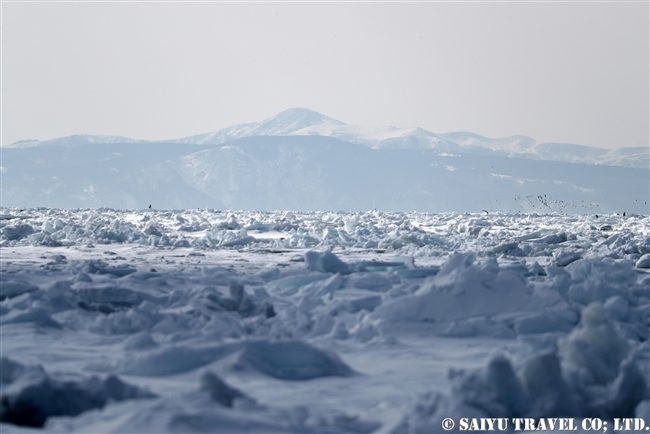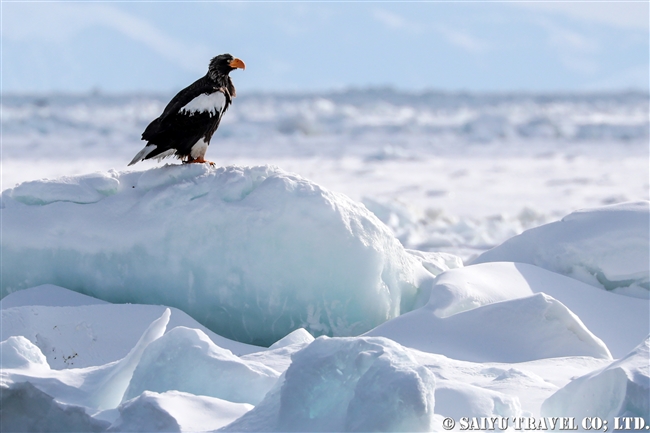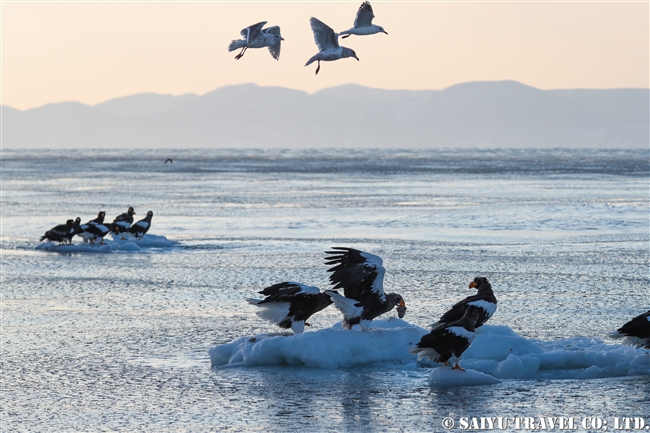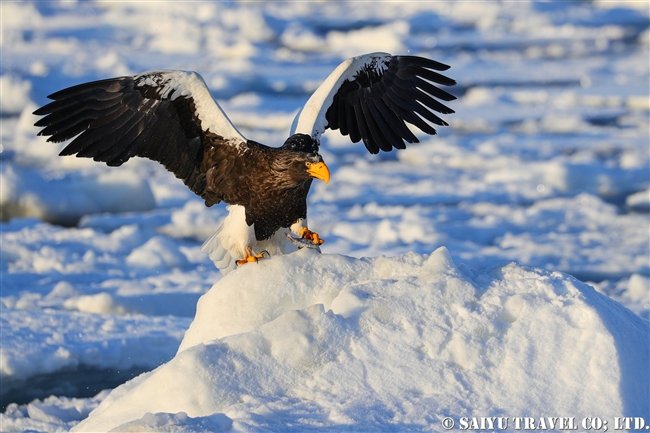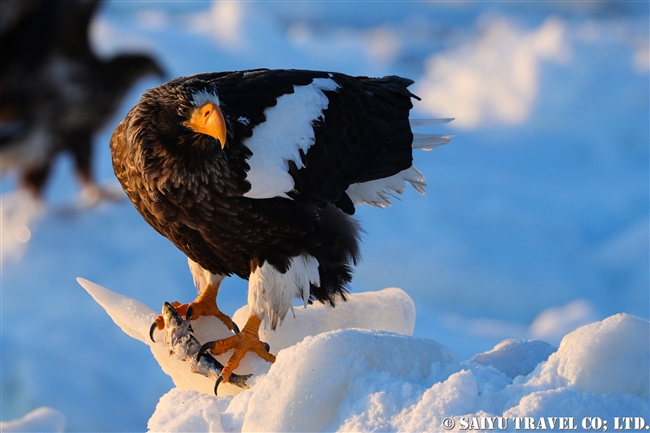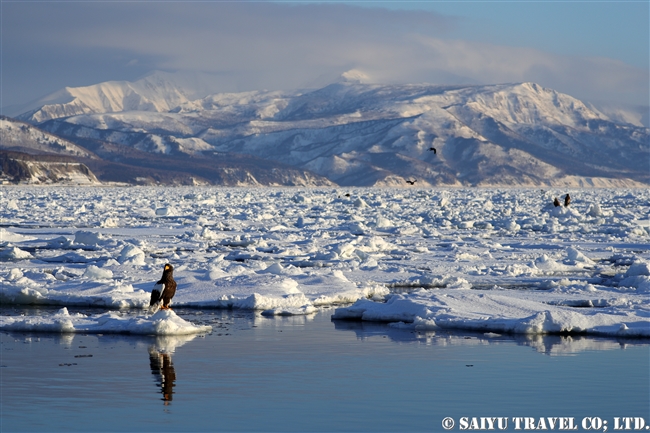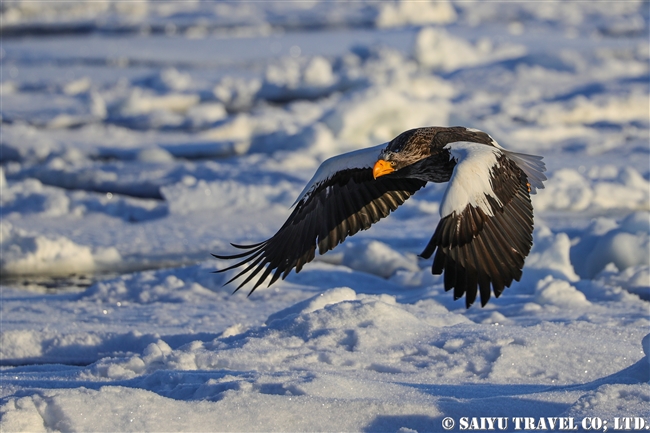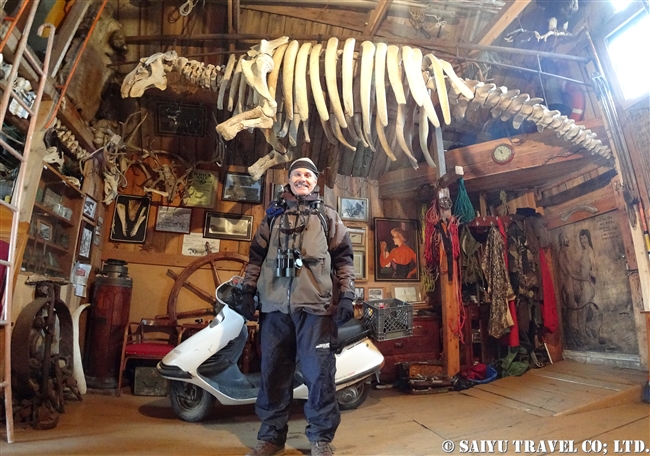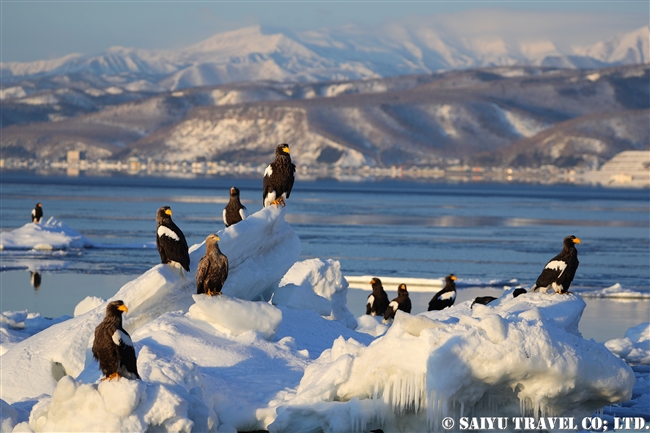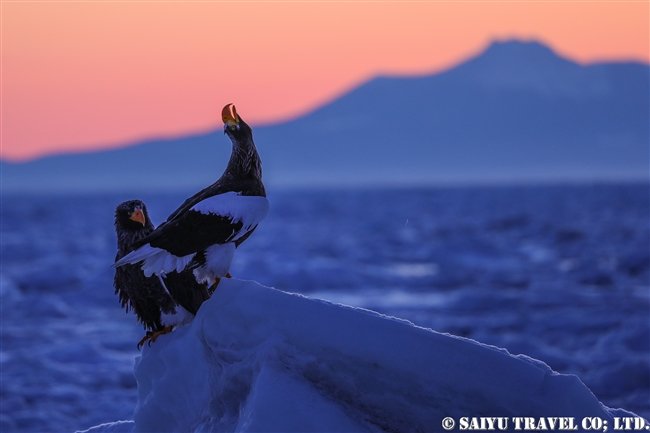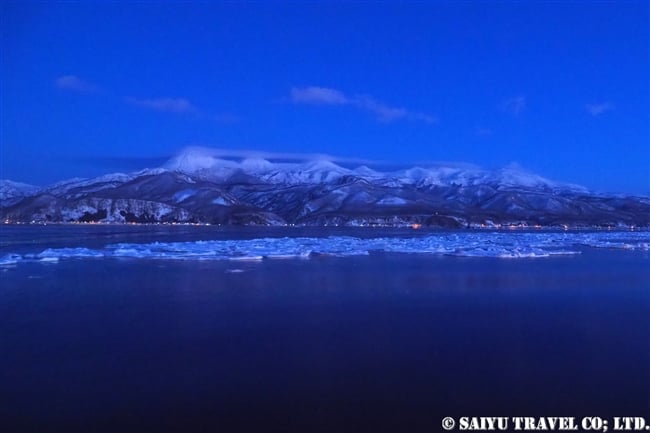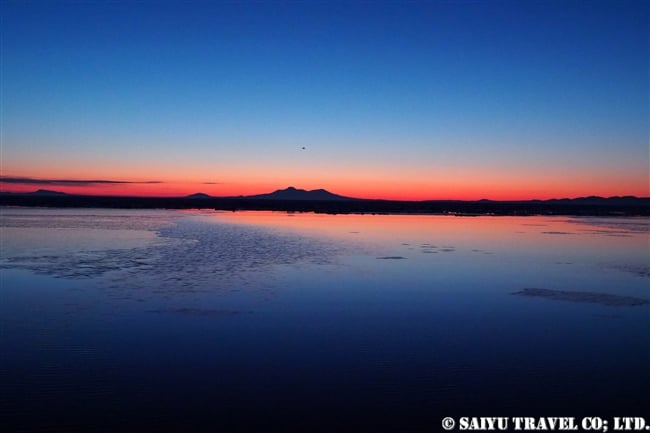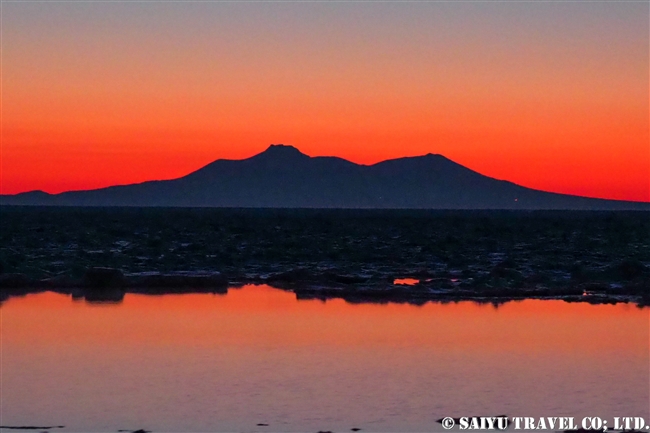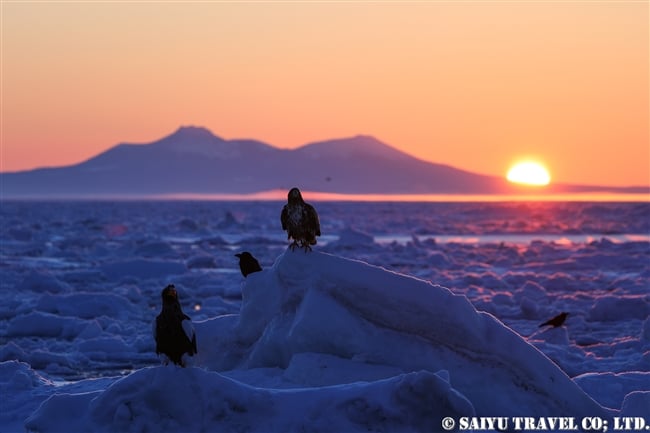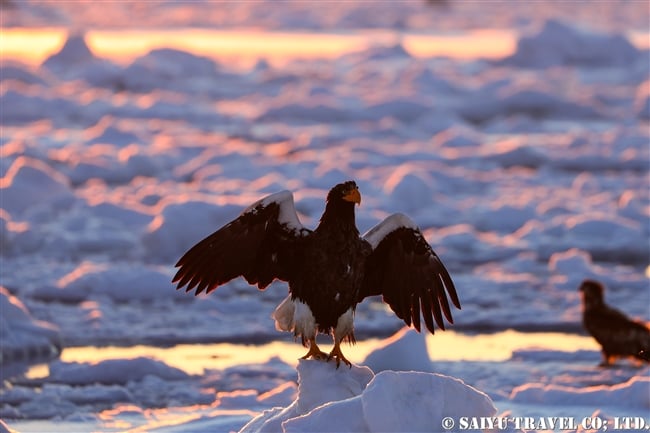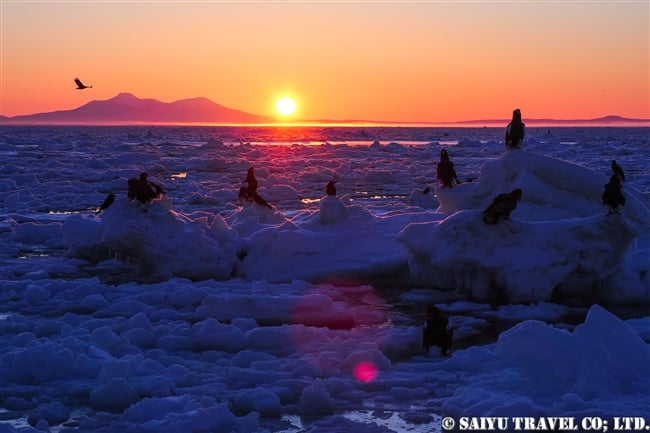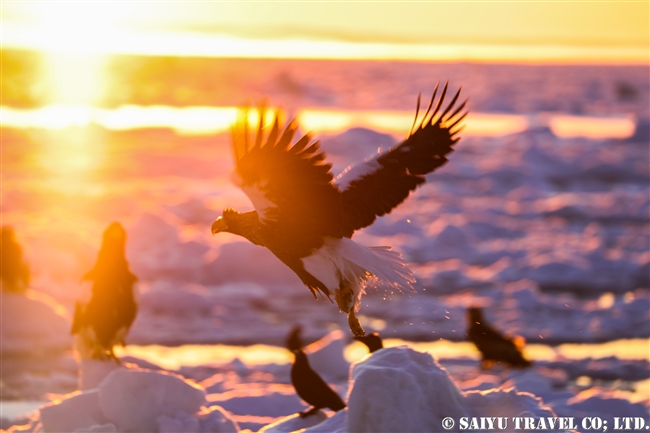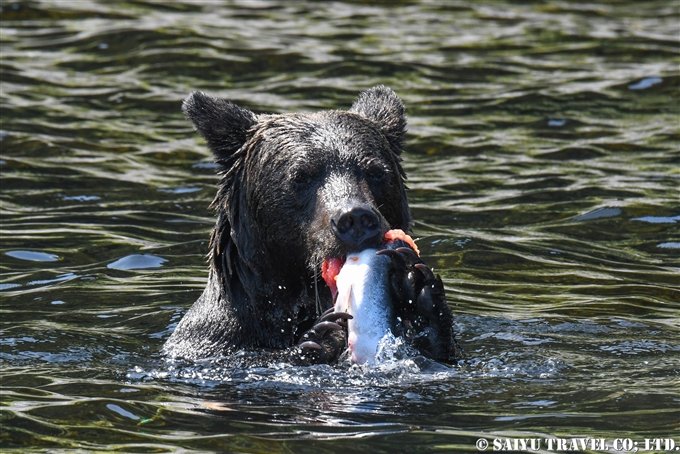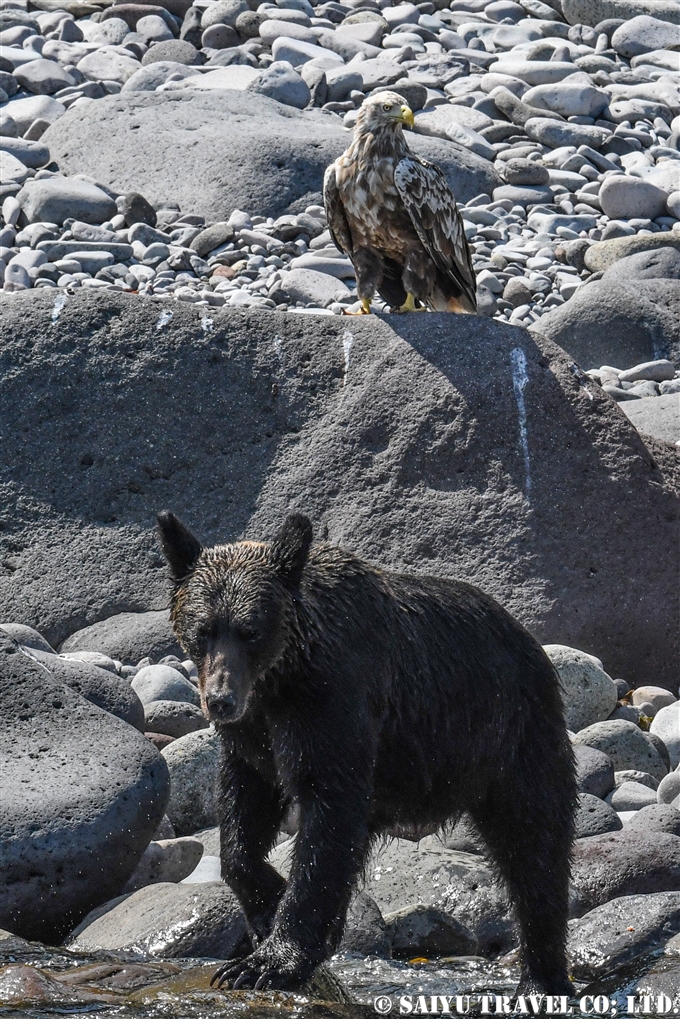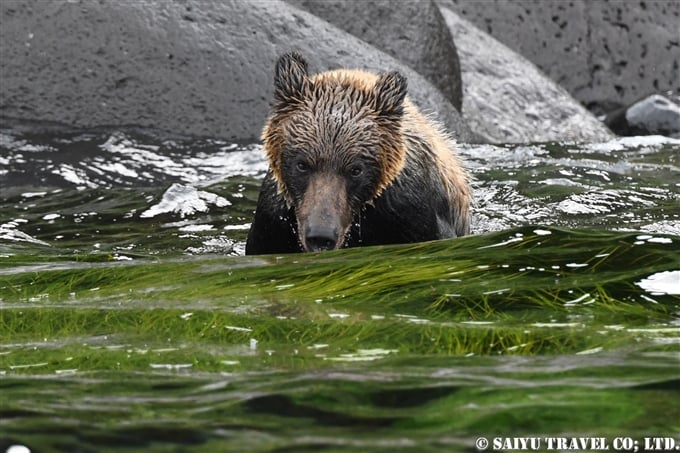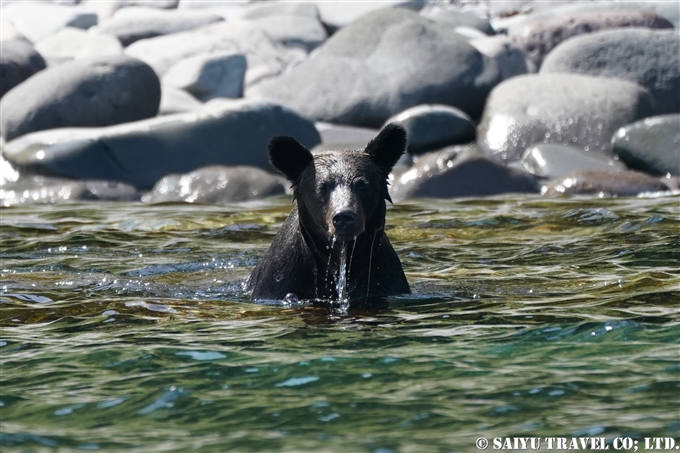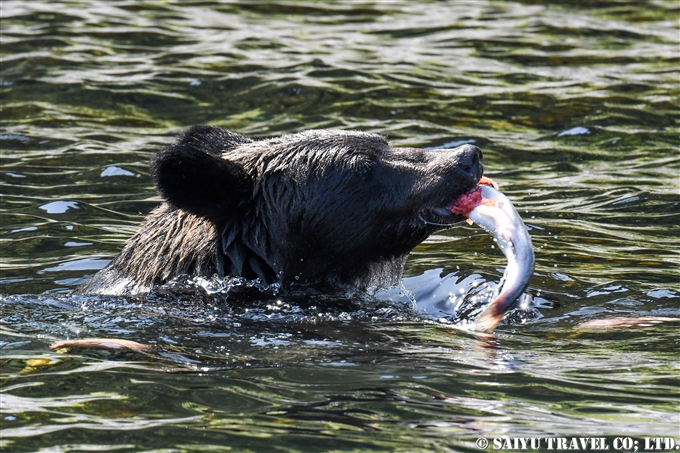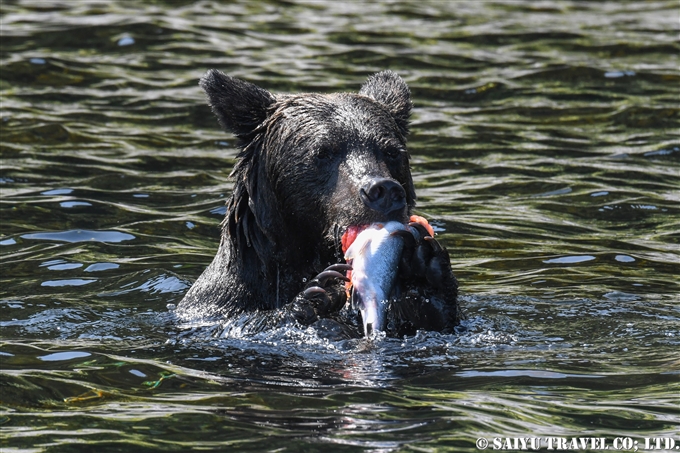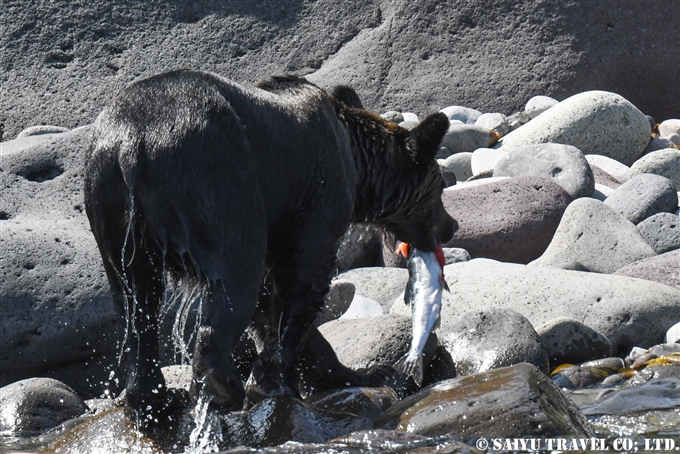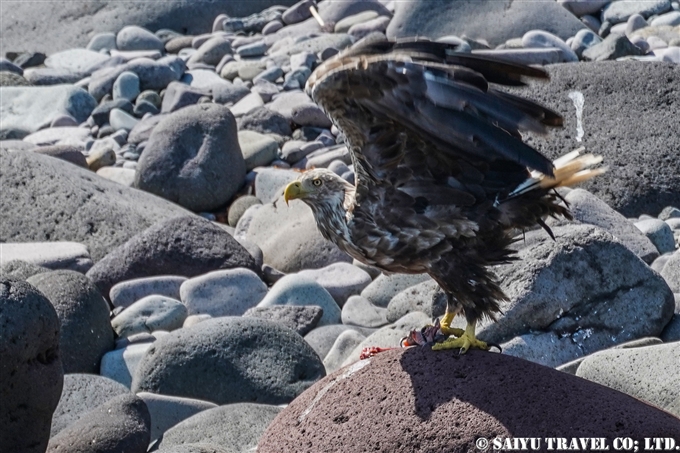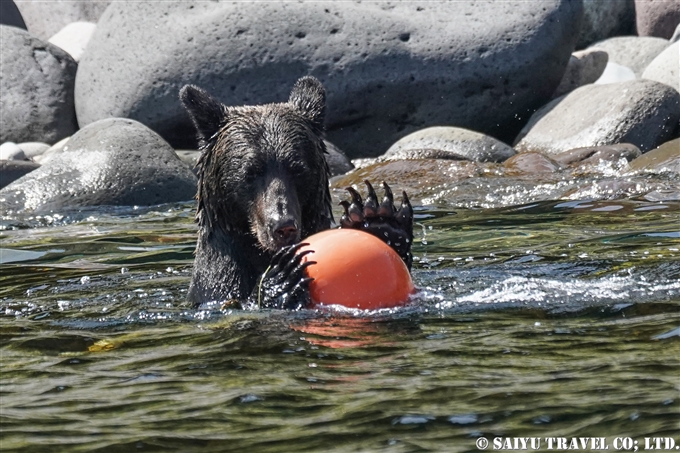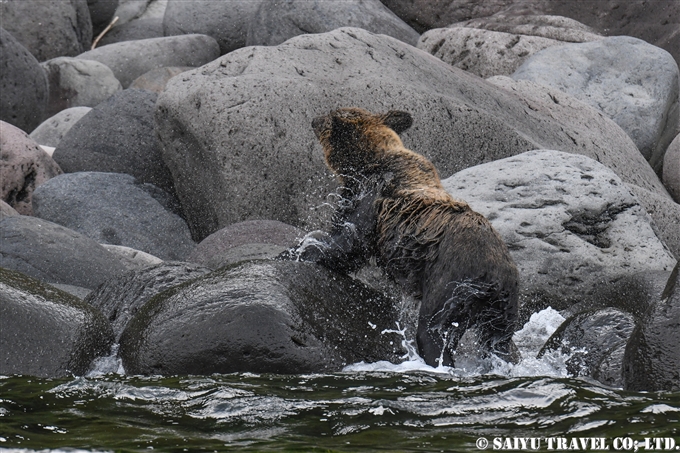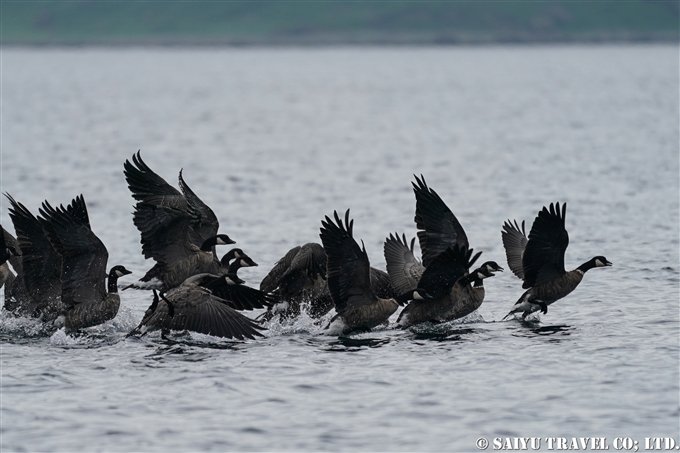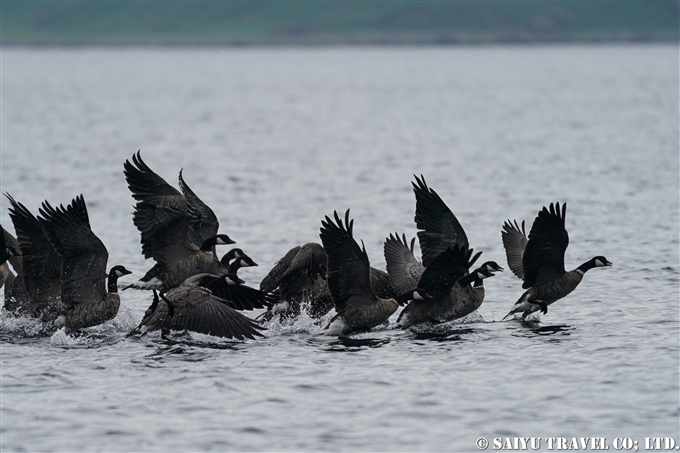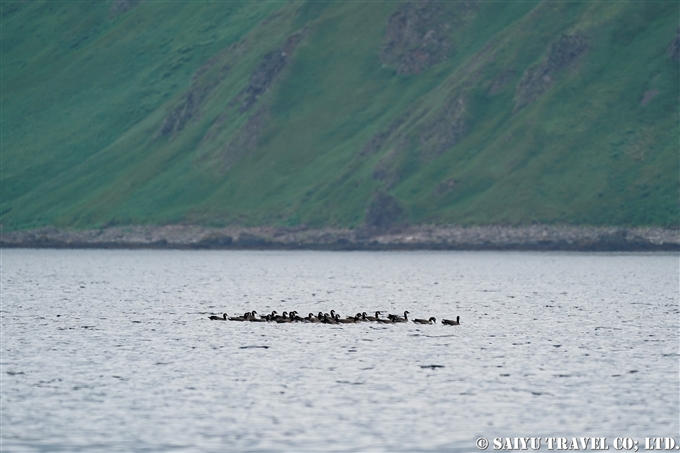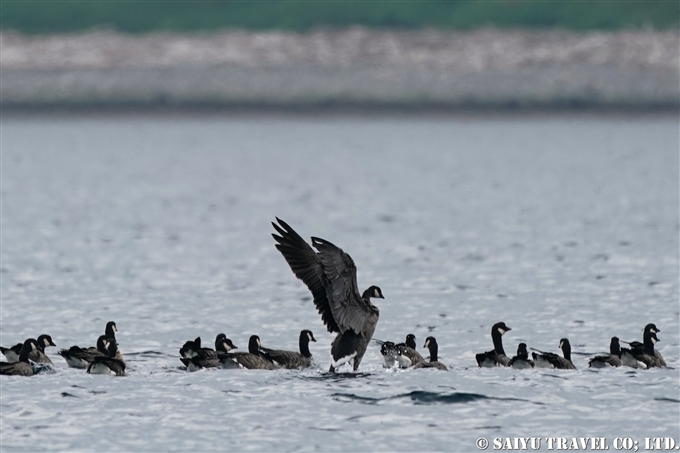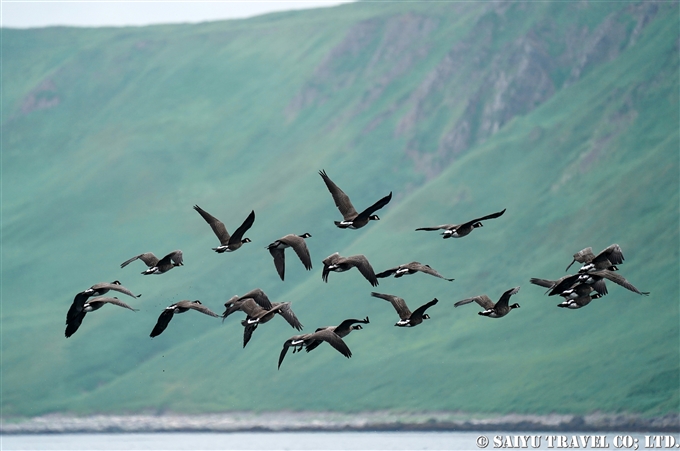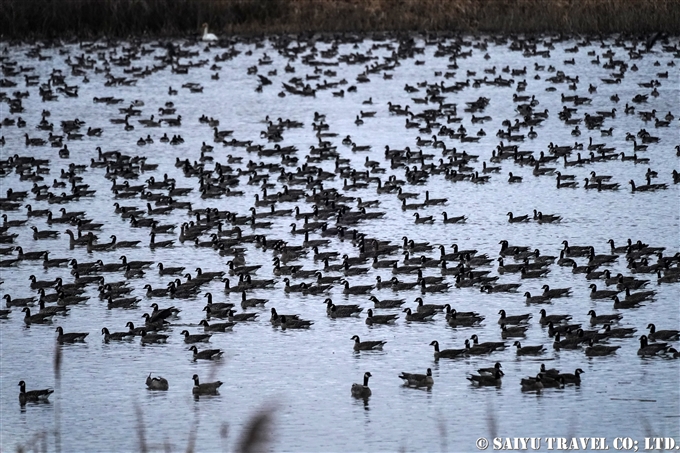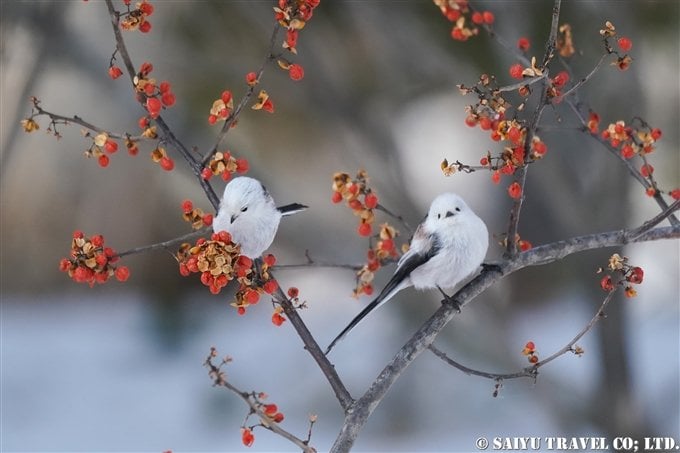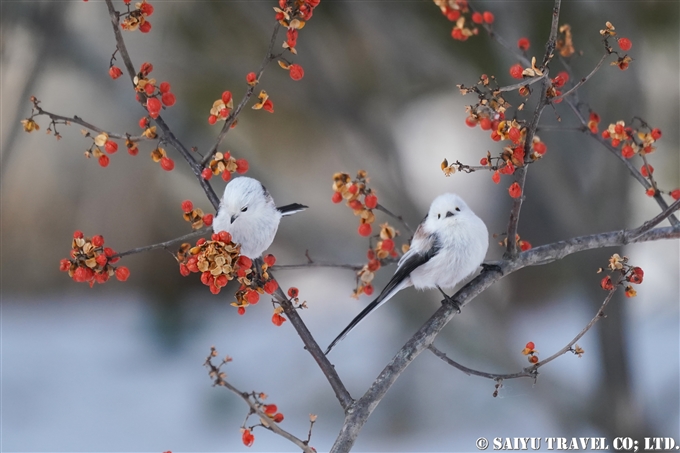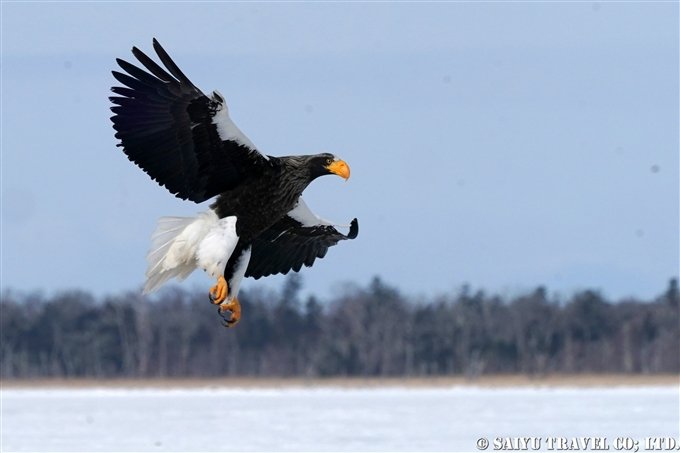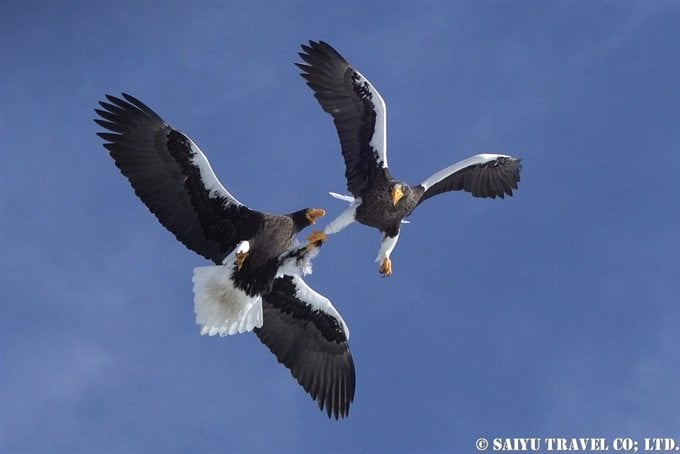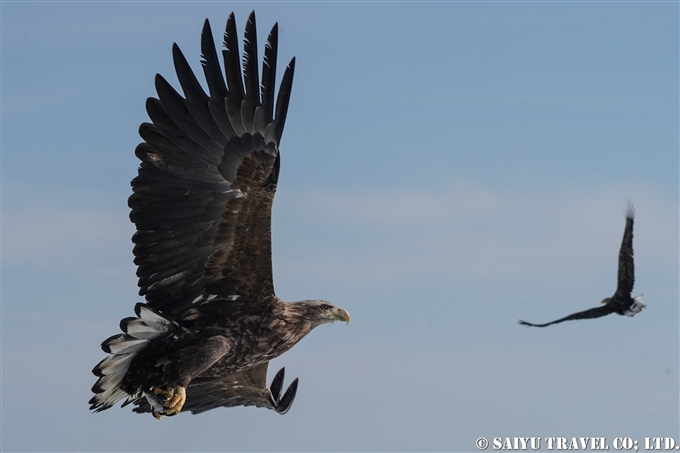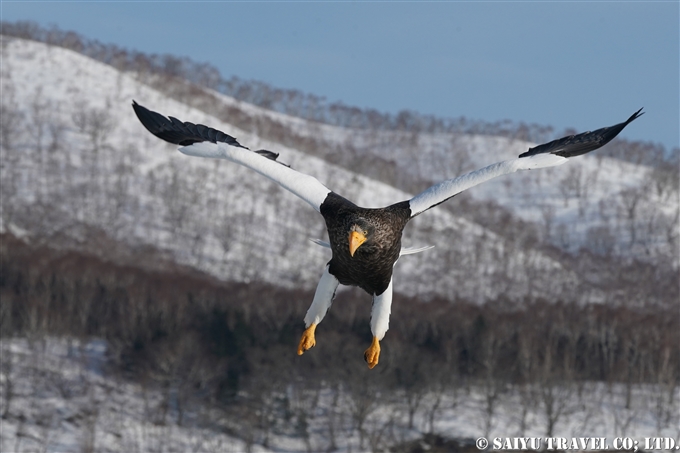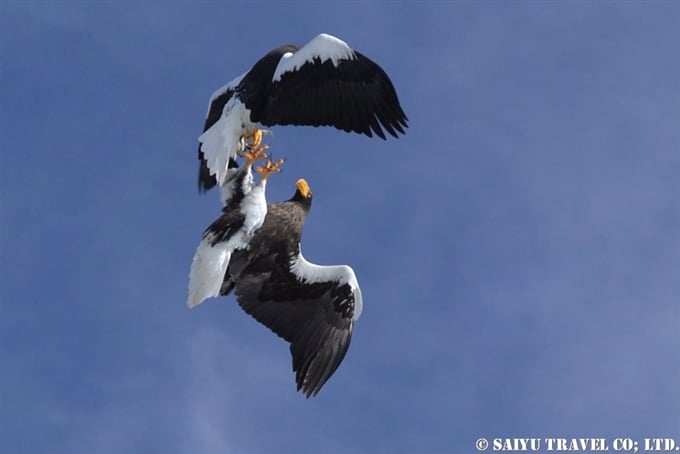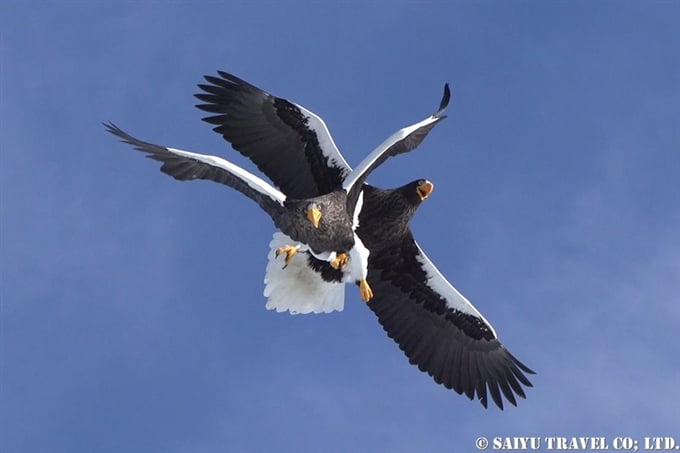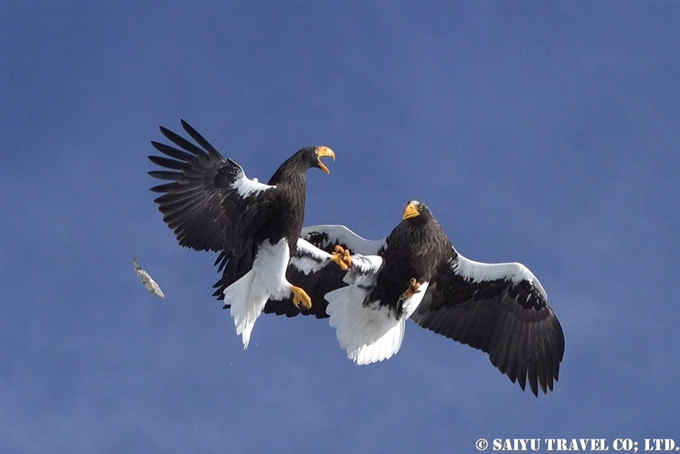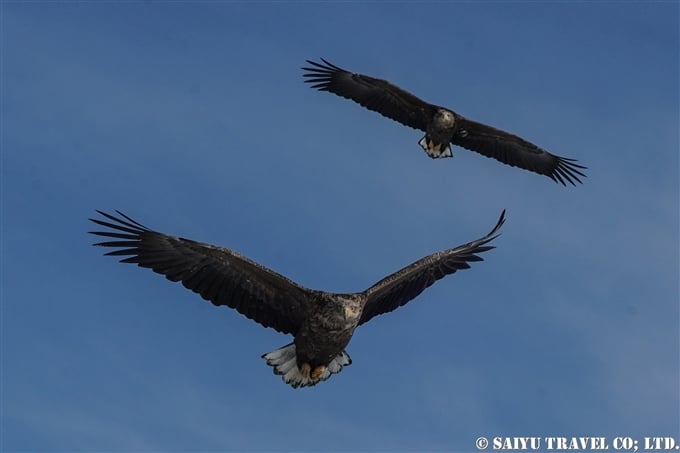
This winter tour report was written by the Bird Photographer Gaku Tozuka, during the “Crane Photography Tour of Tsurui Village” that took place January 10 -13, 2022.
Winter Photography Tour of Red-Crowned Cranes, Tsurui Village -Part 2
♪ ♪ ♪ ♪ ♪ ♪ ♪
Hokkaido this winter saw heavy snowfall. I was so nervous as I watched the weather forecast, but when we arrived in the Kushiro area, the weather was fine. We immediately visited the Ito Crane Sanctuary upon my arrival. I had prepared boxed lunches (bento) for the participants of the tour, so they could fully enjoy the good weather and their photography without having to worry about stopping for lunch. As soon as we arrived, I gave a quick orientation with pointers about recommended photo spots, and then everyone was given free time to take their own photos. However, I was nearby to offer support on what camera settings to use, while also keeping an eye on the wind so you could predict possible flight patterns of the Red-crowned Cranes we had come to photograph. The participants asked if we would see the “Courtship dance” but unfortunately, it is still a bit before the breeding season, so I replied we would have to leave it to our luck.



We moved to a different spot so I could explain ahead of time, the challenges of getting good shots of cranes flying in the evening sky as the sun was setting. I had gotten some local information ahead of time that there were many cranes that fly to roost early, and we wanted to get the photos of the cranes flying with the clear skies until sunset. It is quite difficult to predict the number of cranes and where they might fly in from because it is always different every day, but it seemed to me that all the participants could get good photos.


The next morning, we had good weather and left the lodging at 6am. I took the group to get photos of the cranes as they were roosting. Every moment was magical with the soft dusting of rime ice that had formed on the branches of the trees by the riverside, and the changing colors of the sky.
The distance to the flock was quite far but they were visible as well.
Suddenly a bird plunged into the surface of the water, and as it emerged again, it turned out to be a White-tailed Eagle! I wonder, perhaps it was aiming for some leftover salmon carcass? After a little time passed, we heard the shrill bird calling “Kyara Kyara,” it was a medium-sized bird, which was the Crested Kingfisher! Then, there was a very large bird who appeared, and it was a Steller’s Sea Eagle!
Of course, I had my cameras set to slower shutter speeds for capturing the shots of the slow-moving cranes, so when I turned to get photos of the other birds, I could not get the shots. I guess you cannot kill two birds with one stone, or camera in this case!



After that, I changed my camera settings to capture the Red-crowned Cranes as they approached our position. But after I did that, I realized the large bird flying towards me was a Whooper Swan, not a Crane.
By the time 8am rolled around, the car had returned to pick us up and everyone was thoroughly chilled by the -20 below Celsius (-4°F) and ready to get warmed up.
 Whooper swan at Setsuri river, from Otowa bridge
Whooper swan at Setsuri river, from Otowa bridge
Photography & Text : Gaku TOZUKA (Bird photographer)
Visit: 2022, 10-13 JAN, Tsurui Village, Hokkaido
**************
Profile:Gaku Tozuka (戸塚 学)
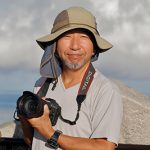 Born in Aichi Prefecture in 1966 and currently resides there. Became interested in photography when he was a junior in high school. He has been taking photographs mainly of natural scenery and wildlife, which he has loved since he was a child. Currently, rather than taking “pretty, cute, and cool” photos, he focuses on taking photos of scenes that have a human touch and environmental scenes that show the relationship with human life. Ultimately, he aims for “photographs that have a smell. His work has been published in photo collections and exhibitions, and used in magazines, illustrated books, and calendars. His photographic collections include “Raicho Korokoro” and others.
Born in Aichi Prefecture in 1966 and currently resides there. Became interested in photography when he was a junior in high school. He has been taking photographs mainly of natural scenery and wildlife, which he has loved since he was a child. Currently, rather than taking “pretty, cute, and cool” photos, he focuses on taking photos of scenes that have a human touch and environmental scenes that show the relationship with human life. Ultimately, he aims for “photographs that have a smell. His work has been published in photo collections and exhibitions, and used in magazines, illustrated books, and calendars. His photographic collections include “Raicho Korokoro” and others.
*Please contact us, Saiyu Travel for arrangements for wildlife and bird photography tours in Japan.
Tags: Photography of Red-crowned crane, Birding tour Japan, Bird tour Japan, Bird watching tour Japan, Crane Photography Tour of Tsurui Village, Wildlife of Hokkaido, Bird Watching, Wildlife in Japan, Wildlife of Japan, Widlife in Japan, Tsurui mura, Birds of Hokkaido, Red-crowned Crane, Otowa-bashi, Birds of Japan, Japanese crane, Otowa bridge, Wildlife Photography tour in Japan, Tancho, Ito sanctuary, Wildlife tour in Japan, Tanchou, Tsurui village, Photography tour of Red-crowned carane, GAKU TOZUKA




